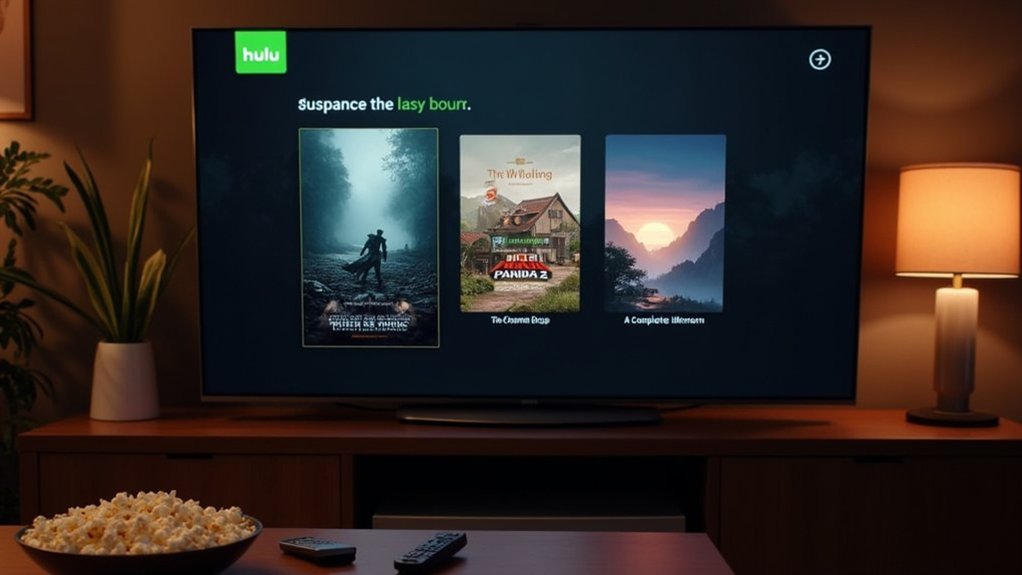Countless hours of mindless scrolling have officially been streamlined into an AI-powered monstrosity. The TikTok Brainrot Generator has emerged as the latest tech sensation, converting ordinary text into hypnotic short-form videos that keep viewers glued to their screens. These tools pump out content featuring gameplay backgrounds like Subway Surfers or Minecraft Parkour, paired with AI narration and animated text. It’s content creation on autopilot.
The technology behind these generators isn’t exactly rocket science, but it’s effective. They utilize AI models to transform scripts or PDFs into the fast-paced, attention-grabbing style that dominates TikTok feeds. Some even incorporate Wav2vec2 models for audio-text alignment. The result? Videos that hit all the dopamine triggers without breaking a sweat.
Creating these videos is stupidly simple. Upload text, select a gaming background, choose an AI voice, and boom—instant content. The 9:16 vertical format slides right into TikTok, Reels, or Shorts. No editing skills required.
Creating TikTok brainrot has never been easier—just feed it text, pick a game background, and let AI do the rest.
The term “brainrot” itself has quite the history. Though Oxford named it Word of the Year 2024, it’s been floating around online since at least 2004. Some even trace elements back to Thoreau’s “Walden” from 1854. Ironic that a word describing mindless content consumption has spawned tools specifically designed to create more of it.
Tools like StoryShort, Revid AI, and AICut lead the market, offering various customization options. Users can select everything from voice style to background music, ensuring their content hits that sweet spot of engagement. Subscription tiers like the Automate plan can post videos automatically to platforms, eliminating the need for manual uploads.
Is this the pinnacle of human achievement? Hardly. But it reflects how Gen Z and Alpha cope with information overload—through absurdity, irony, and memes. These videos cost 10 credits each to generate but offer tremendous time savings compared to manual editing. Meanwhile, concerns about short-form video consumption’s impact on attention spans continue to grow. The very term “brainrot” acknowledges the cognitive toll.
Still, these generators march on, feeding our collective need for quick, mindless entertainment. The content mill never stops.




